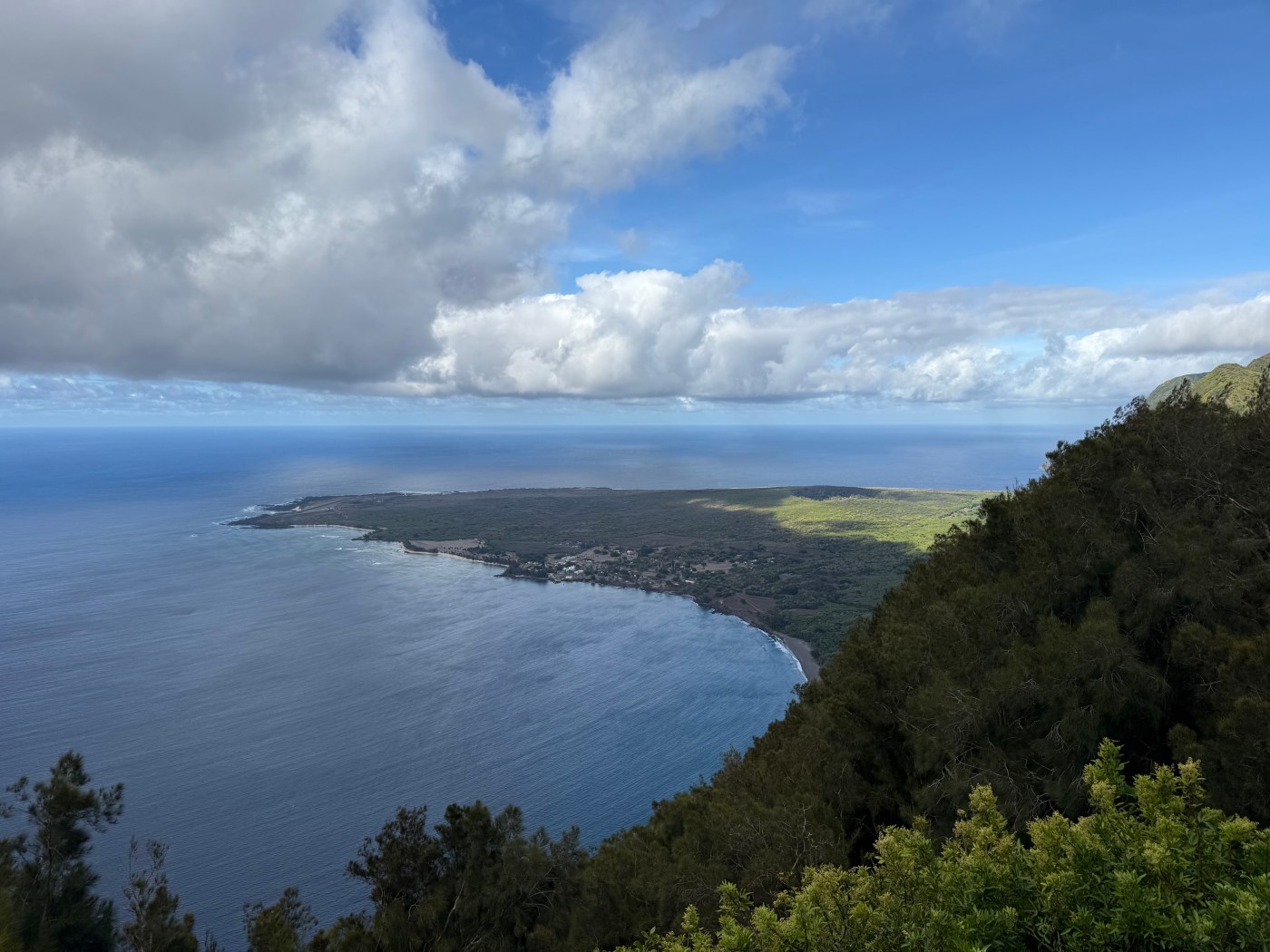
A Journey to Moloka’i: A Remote Island with Deep Roots
A few days before the two-year anniversary of the Lahaina fires, I and my wife took a short trip from our home on Maui across the Pailolo Channel to the island of Moloka’i. Though just 10 miles away, Moloka’i is a world apart. Locals often emphasize that it’s not Maui, not even close.
The Hawaiian Islands are known for being one of the most remote places on Earth. Moloka’i, along with the private island of Niihau near Kauai, stands out as one of the most isolated spots in the chain—largely by choice. The island offers a unique blend of natural beauty and historical significance, making it a fascinating place to visit.
Today, the only ways to reach Moloka’i are by boat into the harbor of Kaunakakai, the island’s main town, or by small prop planes operated by Mokulele Airlines. I visit every few years, and each time, I find that little has changed. With a population of about 7,300 people, roughly half of whom live in Kaunakakai, the island relies heavily on agriculture for employment. Tourism is limited, with only three small resorts and a relatively sparse number of visitors.
While tourists are allowed, they aren’t always welcomed. This sentiment was reflected in a homemade sign we saw that read, “Visit, spend, go home.” There's a sense of caution and independence among the locals, which is understandable given the island’s history and challenges.
One recent connection between Santa Cruz County and Moloka’i involved Ryder Walding, a 17-year-old from Capitola, who placed seventh in the Molokai 2 Oahu Paddleboard World Championships. He spent six and a half hours navigating the 32-mile stretch across the Kaiwi Channel from Moloka’i to Oahu, showcasing the endurance required for such a journey.
Changes and Challenges on the Island
Over the years, some aspects of Moloka’i have evolved. One notable change is the return of Bayer/Monsanto to grow corn for seed and trait development on the island. This came after a 2014 protest in Maui County, which led to the company’s initial shutdown. However, a court ruling later overturned the ban, allowing the company to resume operations. Locals initially reacted with anger, but many have since accepted the presence of the cornfields, recognizing their role in providing much-needed jobs.
Moloka’i’s history is marked by both sorrow and resilience. Many residents maintain cultural traditions that predate the Hawaiian Islands becoming part of the United States. This deep-rooted heritage is evident in the stories and experiences shared by the community.
One of the most haunting accounts of this history is found in James Michener’s novel Hawaii. The book details the suffering at the Kalaupapa Peninsula, where people with Hansen’s disease were forcibly relocated in 1866. Michener’s portrayal of the challenges faced by these individuals, along with the dedication of caregivers like Father Damien, highlights the strength and perseverance of the human spirit.
Father Damien, who died of the disease at age 49, is honored through memorials and churches on Moloka’i. His legacy continues to inspire, and he was beatified by the Catholic Church in 2009.
Natural Wonders and Cultural Significance
Kalaupapa Peninsula, located at the southern end of Moloka’i’s north shore, features the highest sea cliffs in the world, rising 3,600 feet from the Pacific Ocean. The area receives up to 250 inches of rain annually, contributing to its lush environment. While access is limited, visitors can view the peninsula from an overlook at Pala‘au State Park, which also features the iconic "Phallic Rock."
On the west side of the island, there were once plans for large condo and housing developments. However, local protests led to the withdrawal of most developers, leaving only a few structures that are now in disrepair. In the town of Maunaloa, Daphne Socher runs a kite and windsock business she started with her late husband. Despite slow summer months, her business thrives during the winter when more tourists, known as "snowbirds," visit.
Exploring the Heart of Moloka’i
East Moloka’i offers breathtaking landscapes, including towering waterfalls and classic Hawaiian rainforests. The Kamakou Preserve, managed by the Nature Conservancy, protects over 200 native plant species found nowhere else on Earth. Reaching the preserve requires a challenging two-hour drive via a deeply rutted dirt road, emphasizing the island’s rugged terrain.
We also visited Halawa Valley, a historically significant area once home to Native Hawaiian taro farming communities. After being hit by tsunamis in 1947 and 1957, the valley was largely abandoned. Today, only a few residents remain, with a river cutting through the area and marking the presence of squatters' camps.
Leaving the valley, we retraced our drive back to Kaunakakai, then caught a small plane back to Maui. After three days on Moloka’i, the traffic, resorts, and housing issues of Maui felt strangely familiar, almost like returning to Santa Cruz.
For those interested in learning more about the island’s history, Alan Brennert’s novel Moloka’i provides a compelling story of resilience and hope. It follows Rachel Kalama, a young girl sent to the Kalaupapa settlement, highlighting the struggles and triumphs of those who lived there.
